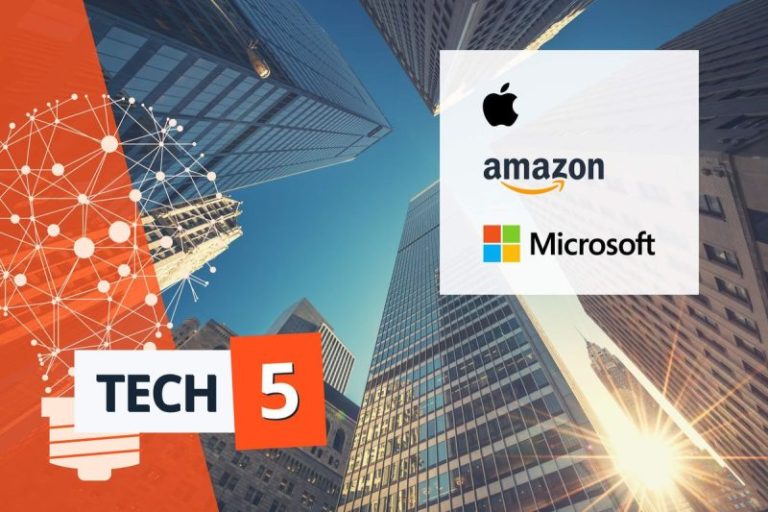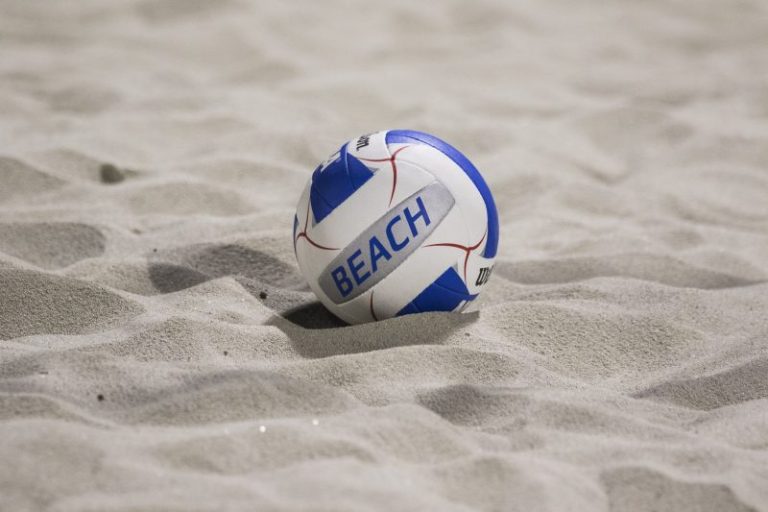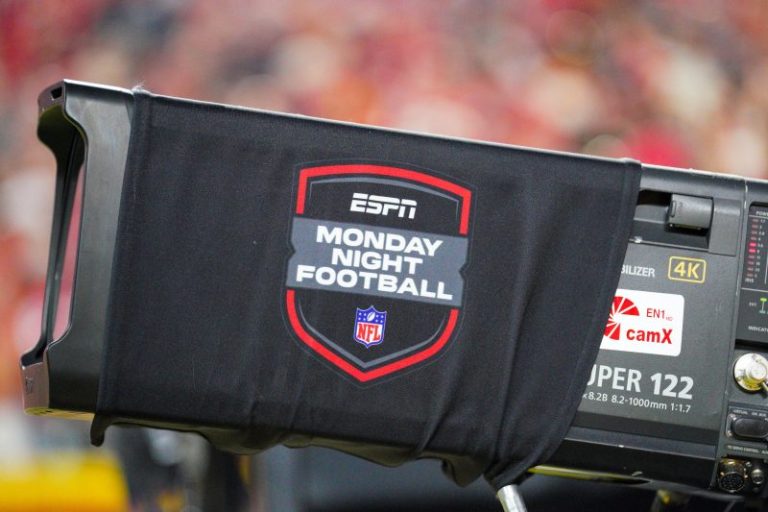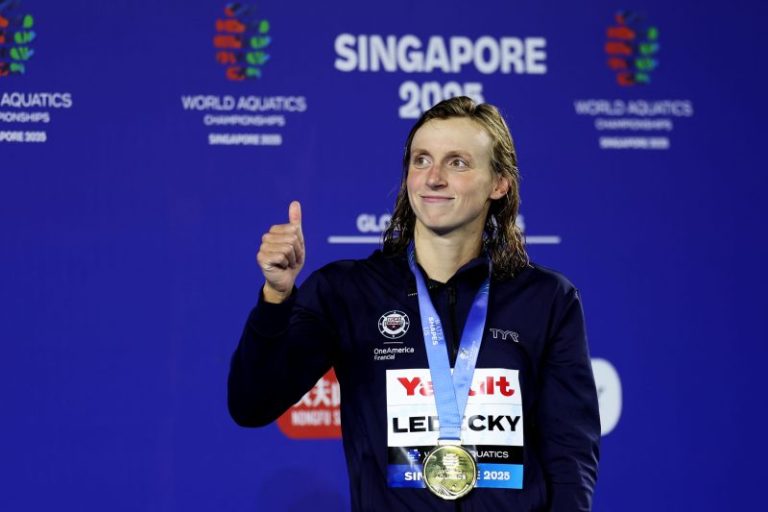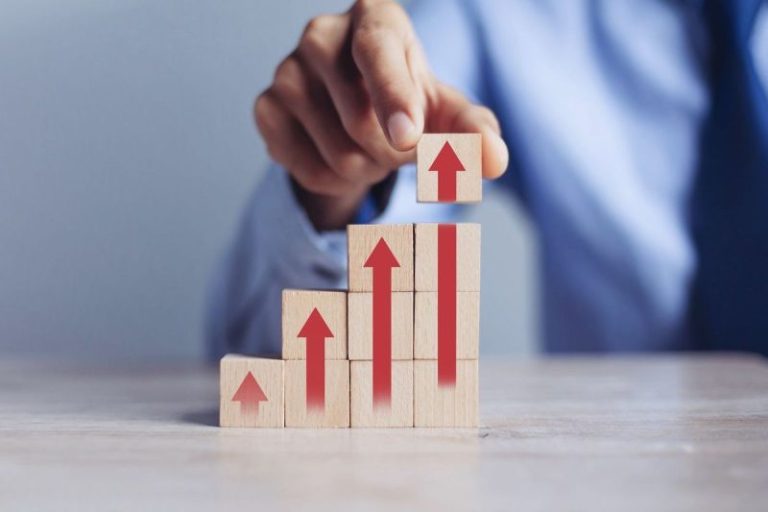Major League Baseball attempted to make history and shatter an attendance record in the first regular season game played in Tennessee, taking place at Bristol Motor Speedway between the Atlanta Braves and Cincinnati Reds.
But Saturday’s game faced a two-hour delay due to rain then underwent a second delay that led to action being suspended.
Play is set to resume at 1 p.m. ET Sunday.
The famed racetrack has been converted to host baseball for the showcase. Over 85,000 fans were expected on hand for the first-of-its-kind event. MLB’s previous attendance record was 84,587 fans at a 1954 game in Cleveland featuring the New York Yankees.
‘We’re locked and loaded,” Reds pitcher Brent Suter said. ”I tell you who’s locked in is the wives. We’ve got all these kids who are gonna be in like pit crew outfits. And wives with NASCAR boots and stuff.
“It’s awesome,” Suter added. “Their buy-in is off the charts.”
The abbreviated evening still featured stunning visuals from the racetrack that opened in 1961 and can seat nearly 150,000 for motorsports:
MLB Speedway Classic suspended
The MLB Speedway Classic game between the Reds and the Braves was suspended after facing a second rain delay. The game will resume Sunday.
David Ortiz visits bar with MLB Speedway Classic delayed
Former MLB All-Star David Ortiz was tasked as a member of the Fox broadcast team to help stall for time while the MLB Speedway Classic was delayed.
Oritz was seated next to Alex Rodriguez, Derek Jeter and Kevin Burkhardt throughout part of the show before getting out of his seat and visiting a bar at the venue.
Ortiz interacted with the crowd while talking to his broadcast team and joked about Jeter and Rodriguez picking up the bill for everyone sharing a beverage.
MLB Speedway Classic fans wait out rain
Fans in Tennessee waited out the rain while waiting for the start of the game. Some fans wore team-themed ponchos and remained seated.
Rain or shine, some fans are still having a good time.
MLB Speedway Classic: Braves vs. Reds delayed
The MLB Speedway Classic was delayed nearly two hours due to rain in the area. The tarp that covered the field was removed and final preparation is happening before the game can begin.
Not only did the weather delay impact the game’s start time, but also who would play on Saturday night.
Spencer Strider, who was originally slated as a starter, will not pitch for the Atlanta Braves.
MLB Speedway Classic: Pregame flyover
MLB’s official X account provided a video of the pregame flyover from the roof of Bristol Motor Speedway.
MLB Speedway Classic: Reds, Braves starting lineups announced
A NASCAR pit crew helped introduce the starting lineups for both the Reds and Braves.
Braves vs. Reds jerseys: MLB Speedway Classic
Watch Bristol Motor Speedway add a baseball field
Bristol Motor Speedway provided a time-lapse video of the transformation.
MLB played in different states
The MLB has brought its product to the state of Tennessee for the first time in the league’s history. Tennessee joins the list of states that have recently hosted an MLB game.
Since 2016, five different states welcomed the MLB for the first time.
- North Carolina (2016)
- Nebraska (2019)
- Iowa (2021)
- Alabama (2022)
- Tennessee (2025)
MLB Speedway Classic trophy
Hall of Famers Johnny Bench and Chipper Jones unveiled the trophy that will go to the winning team.
The USA TODAY app gets you to the heart of the news — fast. Download for award-winning coverage, crosswords, audio storytelling, the eNewspaper and more.



